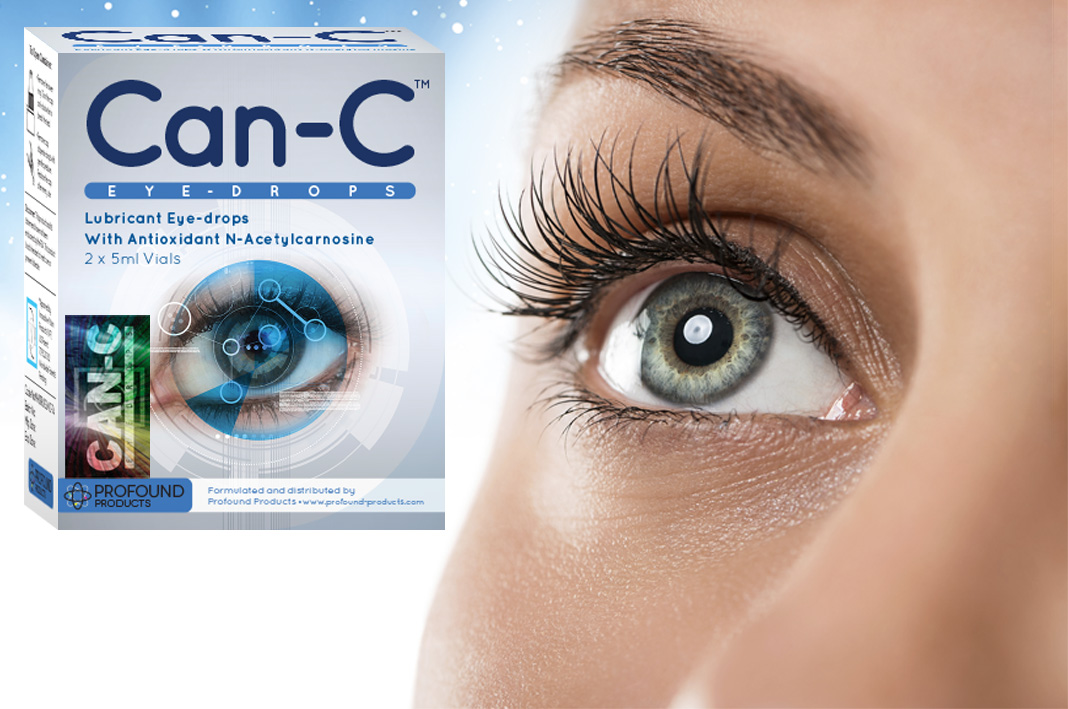
Hyaluronic Acid – nature’s moisturizer
November 26th, 2016Hyaluronic Acid – nature’s moisturizer
By Howard Thomas, Ph.D.
Hyaluronic acid (HA) has been called “Nature’s Moisturizer.” It is found throughout the body because it forms part of the structural tissue that holds tissues together.
HA is a fundamental component of the extracellular matrix; it occupies the areas between cells and almost half (7.5 grams) of HA within the body is located in the collagen of skin, acting as a moisture retaining gel. It is found in many tissues in the body including the heart, eyes (vitreous humour), joints (synovial fluid), tendons and ligaments. Scientific studies have shown that HA improves skin and tissue hydration; works as a free radical scavenger and stimulates the production of collagen in the skin. HA also keeps skin elastic and protects joints from repeated stresses. HA itself has a short lifespan and the body must be produce it each day to maintain the levels necessary for the repair and regeneration of tissues lost through wear and tear.
HA is continuously synthesised in the body by a class of membrane enzymes called hyaluronan synthases which lengthen HA by repeatedly adding glucuronic acid and N-acetylglucosamine to the nascent polysaccharide molecule. In the reverse process, HA is broken down by enzymes called hyaluronidases into oligosaccharides and very low molecular weight HA (which exhibit pro-angiogenic properties forming new blood vessels), which is important in the tissue healing process.
HA is a common ingredient in many skin care products especially those that claim to make the skin look younger and banish wrinkles. In 2003, the FDA approved the use of HA injections for filling soft tissue defects such as facial wrinkles. These injections, which have become very popular, temporarily smooth wrinkles by adding volume under the skin. These effects may typically last 4-6 months.
As we age the production of HA in the body decreases. Fibroblasts, which produce collagen, elastin and fibronectin to provide strength, structure and elasticity to the skin, slowdown and become less active and produce less HA. As HA levels become depleted, collagen fibres bind together into more rigid fibres known as Collagen Type-I leading to older facial looks. Increasing the HA levels by supplementation can promote Collagen Type-II which provides for a more youthful facial appearance.
The unique viscous nature of HA and the fact that it does not stimulate immune or allergic responses and is extremely well tolerated in the body, has led to its use in a number of clinical applications, including the treatment of osteoarthritis and associated joint problems, (Puhl W et al Ann.Rheum Dis 56(7); 637-40); as a surgical aid in eye surgery, (Miller D et al “A comprehensive guide to its use in Ophthalmic Surgery”. J Wiley NY 1983); and as an essential stimulator of the healing process and tissue regeneration in burns and surgical wounds, (J Chem/G Abatangelo,Wound Repair and Regeneration,1999,7:79-89); plus the treatment of Gingivitis/Periodontitis, (R Moseley et al Dental Update 2002 vol 29 no 3); and for Apthous (mouth) ulcers, (Nolan A et al Oral Pathol Med 2006;35:461-5); Lichen Planus, Venous Ulcers, etc.
Our joints are surrounded by a membrane called the synovial membrane which forms a protective capsule around the ends of the bones. This membrane secretes synovial fluid which serves as a lubricant, shock absorber and nutrient carrier. Cartilage is immersed in the synovial fluid and is avascular, meaning it contains no blood vessels. All the nutrients needed by the cartilage are provided by the synovial fluid. Hyaline cartilage is the most predominant form of cartilage and it lends strength and flexibility to the body. A key component of cartilage is HA.
The synovial fluid in the joint capsule has important functions:
- It protects the cartilage covering the bones from excessive wear and tear by keeping them slightly apart.
- Its viscoelasticity protects the cartilage against shock.
- It lubricates the joints and prevents bones rubbing against each other.
- It provides water and nutrients to cartilage and eliminates waste products.
As we age and thus produce less HA, so the viscoelasticity of the synovial fluid is markedly reduced. This change decreases its lubricating and shock absorbing functions. In turn, this increases mechanical loading of the joint and cartilage destruction, which ultimately results in pain and restricted mobility of the affected joints.
Glucosamine has been widely used as a supplement for joint problems with good results. In vitro studies using cells in culture show glucosamine functions by stimulating HA production in the synovial fluid and by fibroblasts. So taking HA as a supplement gives faster and more reliable results than glucosamine.
HA has been given by intra articular injections for osteoarthritis for many years with good success, but the injections can be painful, have to be repeated and are costly.
HA supplements in tablet or capsule form have been available for some time; however the quality of the HA varies enormously. Some tablets/ capsules have low grade HA and poor absorption in the gut.
A major breakthrough has been the development of a liquid formulation of HA which is rapidly absorbed in the gut and appears in the joints in less than sixty minutes and it remains in the joints for at least five hours reducing pain and improving joint lubrication and mobility. (J. Agric. Food Chem.2008, 56, 10582-10593).
This proven effective liquid version of HA (taken by mouth), is known as Novisyn® and is now available from IAS.








